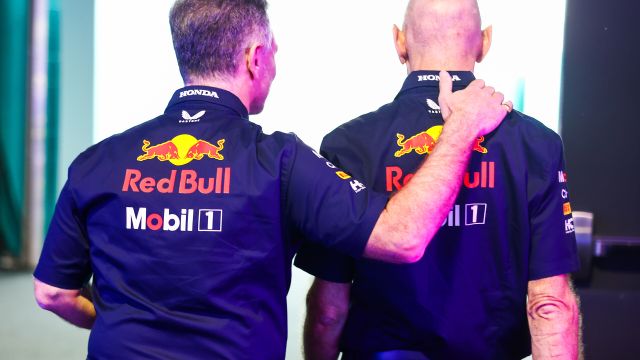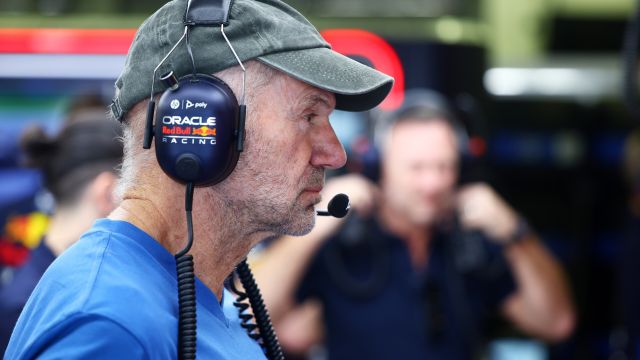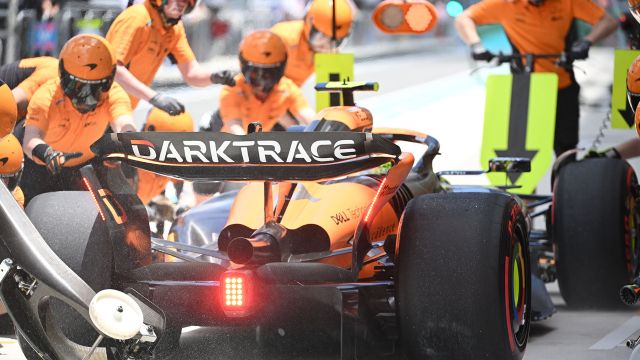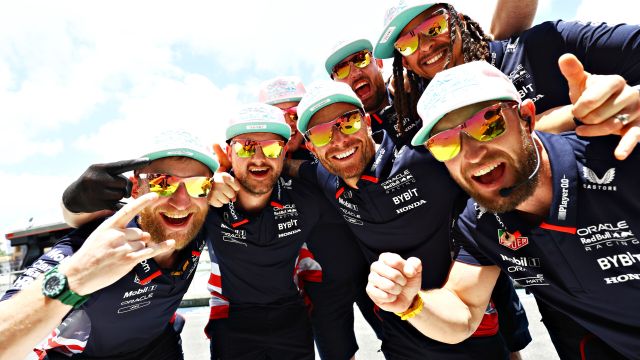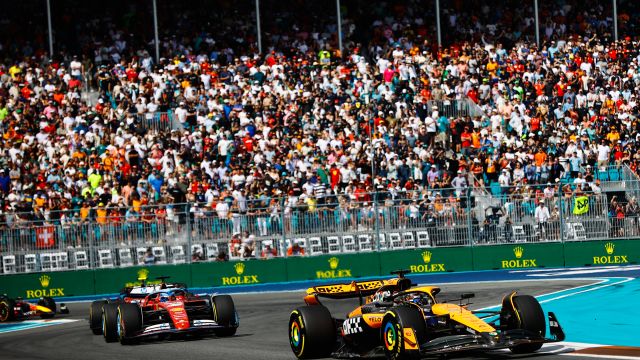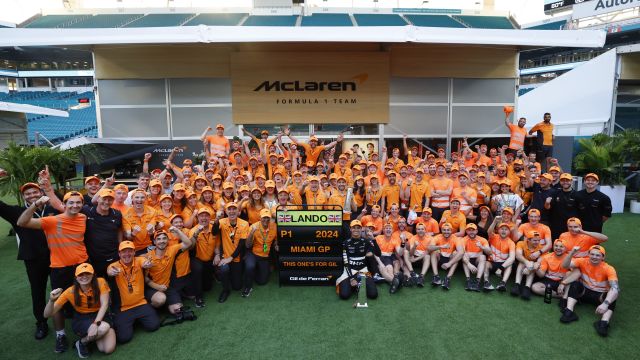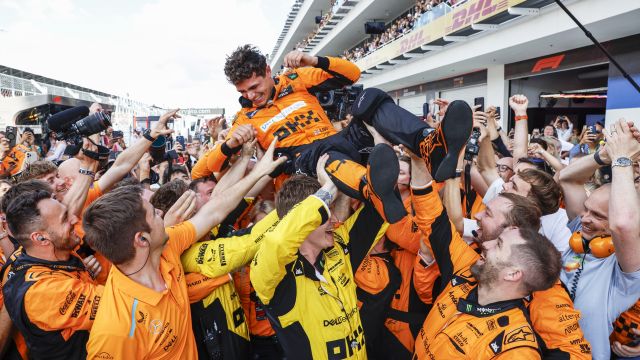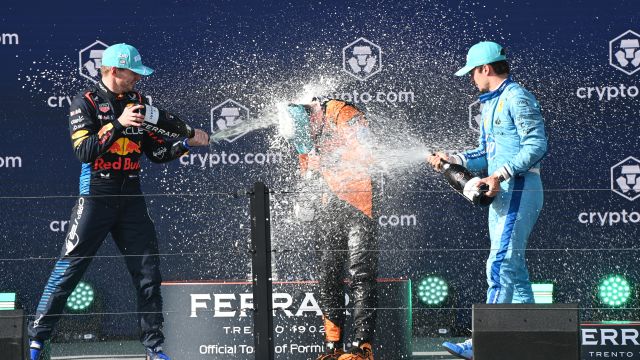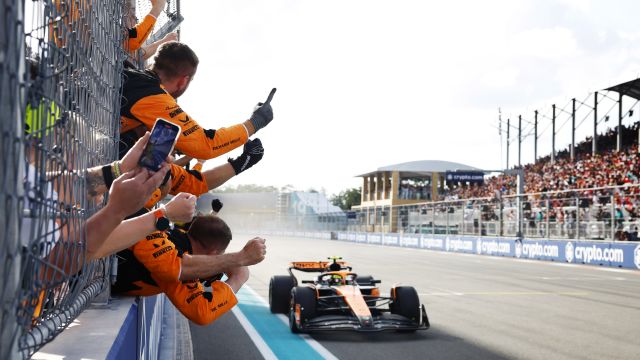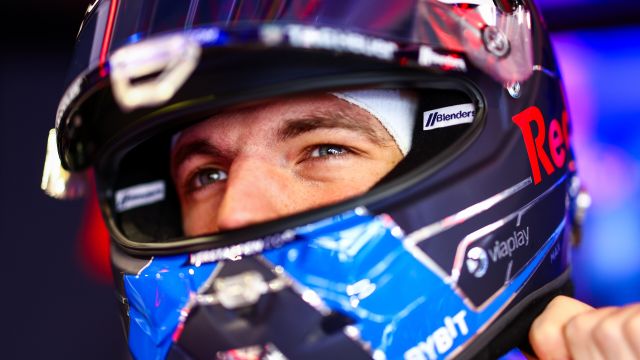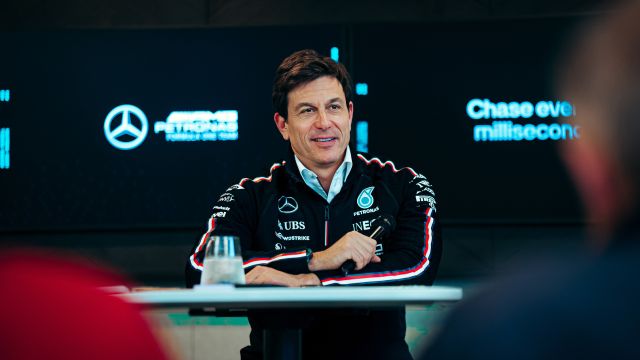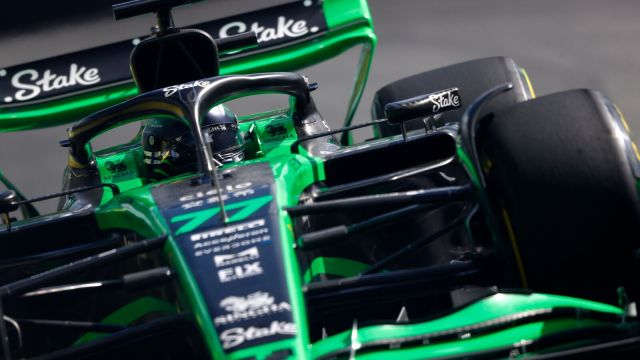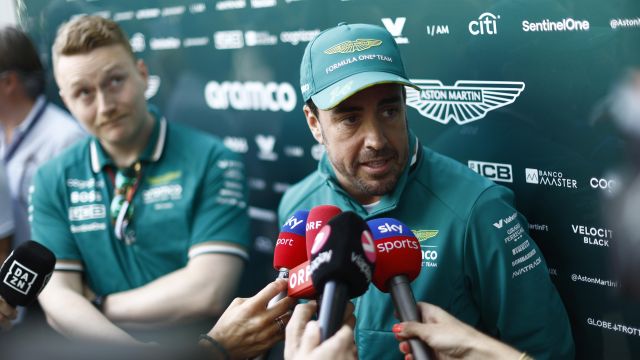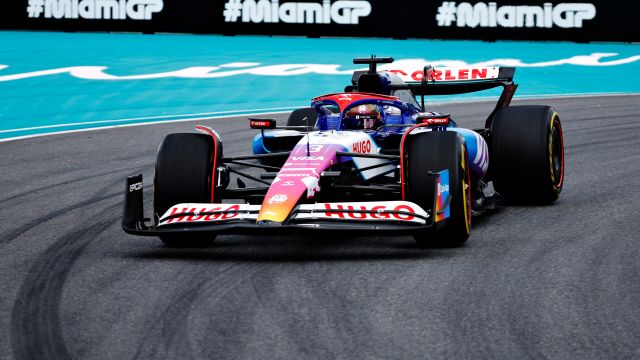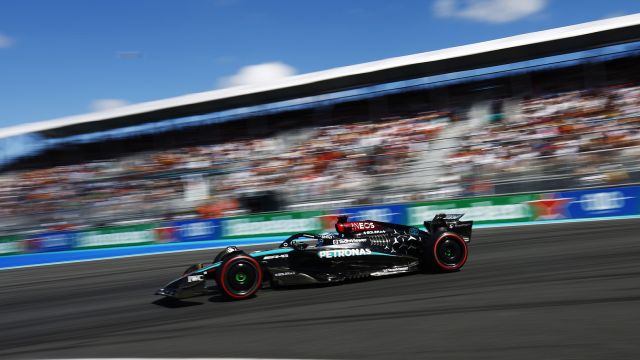Latest News
Christian Horner Not Concerned By Red Bull Departures
Christian Horner says he has "no concerns" about the ongoing ...
US Congress Demands Answers From F1 By May 21
The Judiciary Committee of the United States Federal Congress has ...
Helmut Marko Seems To Know Adrian Newey’s Next Destination
Truth be told, about as interesting as the sight of ...
Carlos Sainz Confirmed To Be Sauber’s Main Target For Audi F1 Era
Already having signed Nico Hülkenberg as their driver with a ...
Rivals Still Fuming After Magnussen Miami Horror Show
Formula 1 is being urged to change tack as Kevin ...
McLaren Look To Next Big Upgrade To Catch Red Bull
Carlos Sainz and now Lando Norris' race wins within the ...
Peace Returning To Red Bull ‘Step By Step’
Red Bull is now inching towards peace behind the scenes, ...
McLaren And Ferrari Closing The Gap To Red Bull
Wearing a plaster on his nose after a wild party ...
McLaren, Norris, Defend Trump Garage Visit
McLaren insists it is "non-political", as the Formula 1 team ...
Lando Norris: “I Dream Of These Days”
An overwhelmed and emotional Lando Norris has taken his first-ever ...
Landmark Day For Lando Norris: What The Drivers Said
It was a landmark day for Lando Norris who took ...
2024 Miami Grand Prix: Sunday Tyre Analysis
2024 Miami Grand Prix: Sunday Tyre Analysis - Lando Norris ...
Max Verstappen ‘Hasn’t Said A Word’ About Red Bull Exit – CEO
Max Verstappen has not "said a word" about wanting to ...
Toto Wolff Believes Mercedes Problems Run Too Deep For Adrian Newey To Fix
Even Adrian Newey would struggle to swiftly fix Mercedes' current ...
Valtteri Bottas Hoping to Extend F1 Career into 2025
Carlos Sainz is the cork in the bottle holding up ...
Fernando Alonso To Confront FIA Over Anti-Spanish Bias
Fernando Alonso says he will confront the president of F1's ...
Max Verstappen Sprints To Win Before Securing Seventh Straight Pole
It was a case of more of the same at ...
Ferrari Rediscover Qualifying Form
Scuderia Ferrari has refound the qualifying form it had at ...
Daniel Ricciardo Savours Stellar Sprint Result
It was a mixed day for Daniel Ricciardo, who scored ...
Up And Down Saturday For Mercedes In Miami
George Russell qualified P7 and Lewis Hamilton P8 for tomorrow's ...


